 17 Feb 2022
17 Feb 2022
Protein quality for ruminants is a very important factor to take into account when formulating appropriate diets. Ruminant feed is mainly fermented in the rumen, where volatile fatty acids and microbial protein are produced.
Fermented digested content leaves the rumen along with microbial biomass and undergoes further digestion in the abomasum (true stomach) and intestines. This last process of digestion is similar to that of a monogastric animal. Microbial protein is digested and absorbed in the small intestine and supplies most of the absorbed amino acids.
The amino acid profile of this microbial protein has high quality. With methionine considered to be the first limiting amino acid for growing animals and lysine second(Storm and Ørskov, 1984).
Animals’ amino acid needs can be met up to a maintenance level just with microbial protein.
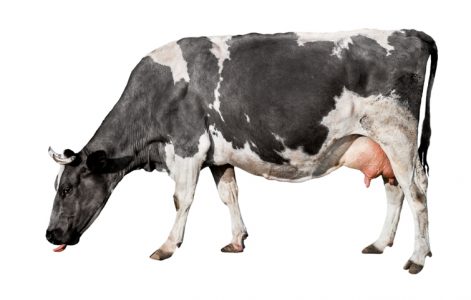 |
The rate of digestion of feed, particularly fodder, and the rate of passage for rumen residues, are important factors which influence voluntary feed intake and productivity.
![]()
Nitrogen requirements for ruminants are double:
![]() As a source of degradable nitrogen to meet the needs of rumen microorganisms
As a source of degradable nitrogen to meet the needs of rumen microorganisms
This can be largely covered with non-protein N sources, such as urea, which is converted to ammonia in the rumen. Nontheless the growth of bacteria has greater stimulus when nitrogen supply comes from a proteic origin (Russell et al. , 1992).
The degradability of fibrous foods also increases with the provision of preformed dietary protein (Carro and Miller, 1999).
If ammonia originating from high levels of urea or rapidly degrading dietary proteins such as legumes is supplied too quickly, this will lead to elevated levels of it in the rumen. It is then absorbed through the rumen walls, converted to urea in the liver and excreted mainly in urine.
![]() As a source of non-degradable nitrogen in the rumen which is then digested in the small intestine. Providing amino acids that complement microbial amino acids and meet tissues’ needs
As a source of non-degradable nitrogen in the rumen which is then digested in the small intestine. Providing amino acids that complement microbial amino acids and meet tissues’ needs
In the case of food protein, the main feature is the rate and degree of degradation of the protein in the rumen. This not only relates to the contribution made to the ammonia and peptide needs of microorganisms, but also to the supply of amino acids that meet tissue needs.
The rate of protein degradation in the rumen is highly variable and depends mainly on the type of feed, the treatment it has received, the speed of passage in the rumen, etc.
Degradability alone is not sufficient to describe the value of dietary protein. The undegraded protein that leaves the rumen can be digested in the small intestine. Microbial protein has a real digestibility of 85% in the small intestine. Dietary proteins are usually digested well, but values can range from 50 to 90%.
The amino acid composition of digested protein is as important as that of monogastric animals.
Energy
As with monogastric animals, energy is the main driving force of metabolism. In addition to setting limits for tissue growth or milk production, the supply of fermentable energy is the main factor which determines bacterial protein production.
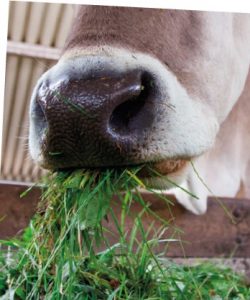
Amino acid sources
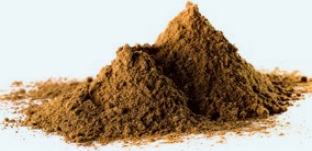
Fishmeal has been shown to provide a beneficial response in ruminants in many situations. The material is prepared with fresh raw material, so there is very little autolysis, and consequently the content of soluble N is reasonably low. It is processed under regular heat conditions which provides high levels of non-degradable protein in rumen.
It is well digested in the small intestine and the amino acid composition is rich in methionine and lysine. Which complements the first two limiting amino acids of microbial protein.
Many processes have been studied in an attempt to reduce the rate and degree of degradation of proteins in the rumen:
It makes no sense to reduce the production of good quality microbial protein by restricting degradable N, in order to provide an unbalanced source of non-degradable food protein. |
Heat treatment of feed decreases effective degradability and increases the supply of amino acids to the intestine.
Treatment with aldehydes such as formaldehyde and glutaraldehyde also reduces degradation in the rumen, but by reticularizing lysine residues, it can also lead to reduced intestinal digestibility of the undegraded protein. The reaction with sugars to form Maillard compounds also reduces degradation at the expense of some lysine, but without significant loss of intestinal digestibility (Wallace and Falconer, 1992; Harstad and Prestløken, 2000).

Amino acid supplements break down rapidly in the rumen and very few survive to reach the intestines, even at high exit rates from the rumen.
Methionine has been successfully protected by various coating techniques, mainly using lipids or pH-sensitive polymers. However the application of these techniques with lysine is not as straightforward due to it being more polar.
The first two limiting amino acids in practical diets for ruminants are methionine and lysine. Initial estimates of the requirements of these two amino acids for dairy cows are 2.5 and 7.3% digested intestinal protein respectively (Rulquin and Vérité, 1993).
![]()
Trials in which diets have been supplemented at these levels have shown a significant response in milk yield and milk protein content (Sloan, 1997). This level of lysine can be achieved by maximizing microbial protein (8.1% lysine in total amino acids) (Storm & Ørskov, 1983) and supplementing with a lysine-rich protein concentrate such as soybean meal.
Similarly, feather meal has a very low lysine content despite its low degradability. The requirements for methionine are not so easily met. Rumen bacteria are also a good source of methionine (2.5% methionine and 1.0% cystine in total amino acids) (Storm & Ørskov, 1983), but soybean meal (1.5% methionine in total amino acids) and most plant protein concentrates are low in methionine.
Only with the inclusion of a portion of fishmeal (3.1% methionine and 1.0% cystine in the total amino acids) or protected methionine, can the ideal balance of methionine absorbed by the intestine be achieved.
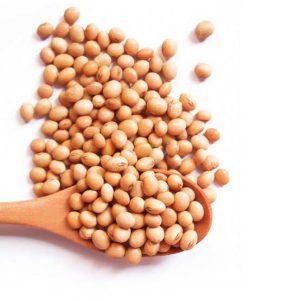 Soybeans are normally heated to reduce trypsin inhibitors and consequently processed flour already has a slow degradation rate. Rapeseed flour usually does not undergo the same degree of heat treatment in oil extraction. Additional heat treatment of rapeseed meal significantly reduces degradability♦
Soybeans are normally heated to reduce trypsin inhibitors and consequently processed flour already has a slow degradation rate. Rapeseed flour usually does not undergo the same degree of heat treatment in oil extraction. Additional heat treatment of rapeseed meal significantly reduces degradability♦
[/register]
Continue reading (spanish content) “Protein nutrition in ruminants: interview with Dr. Darío Colombatto”
Subscribe now to the technical magazine of animal nutrition
AUTHORS
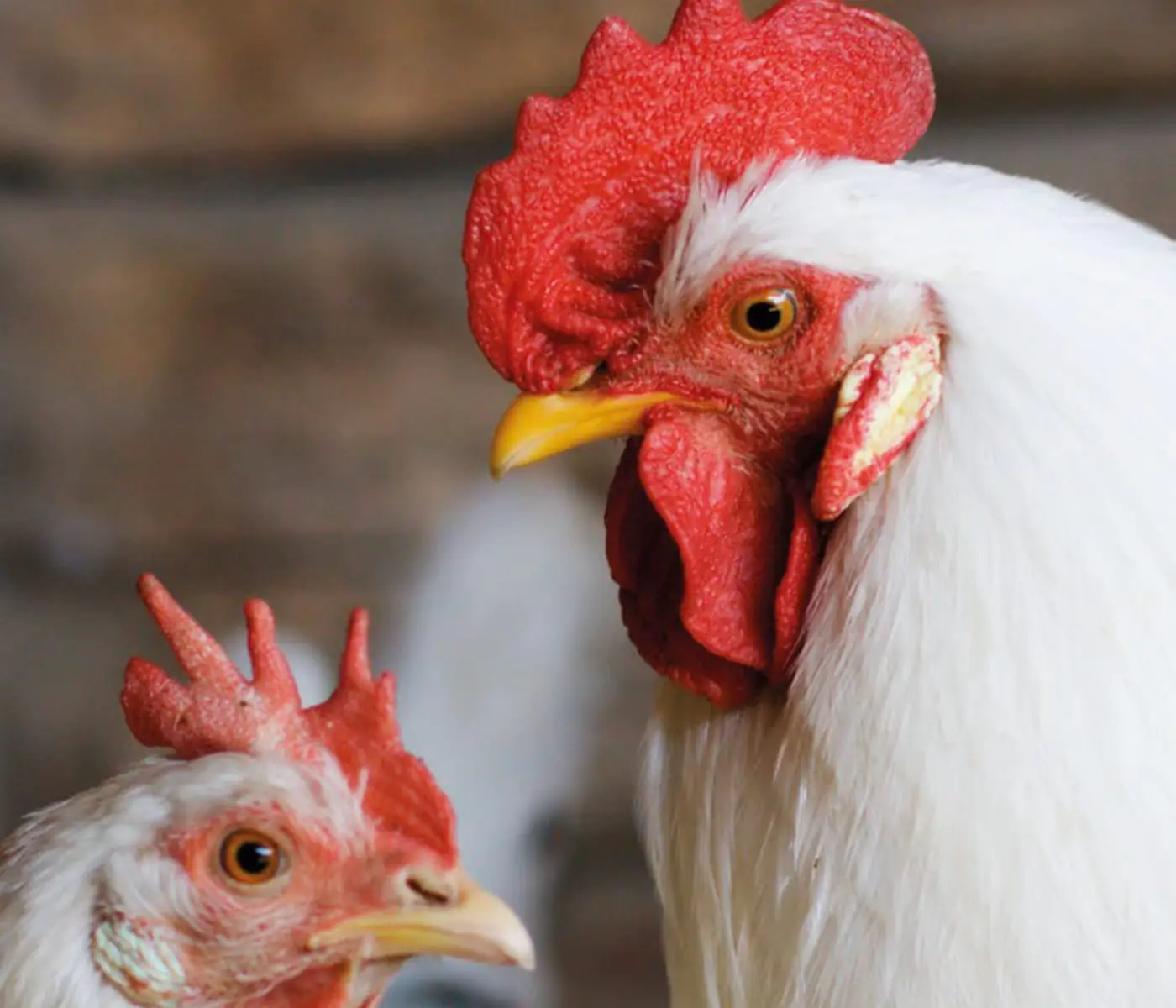
Nutritional Interventions to Improve Fertility in Male Broiler Breeders
Edgar O. Oviedo Rondón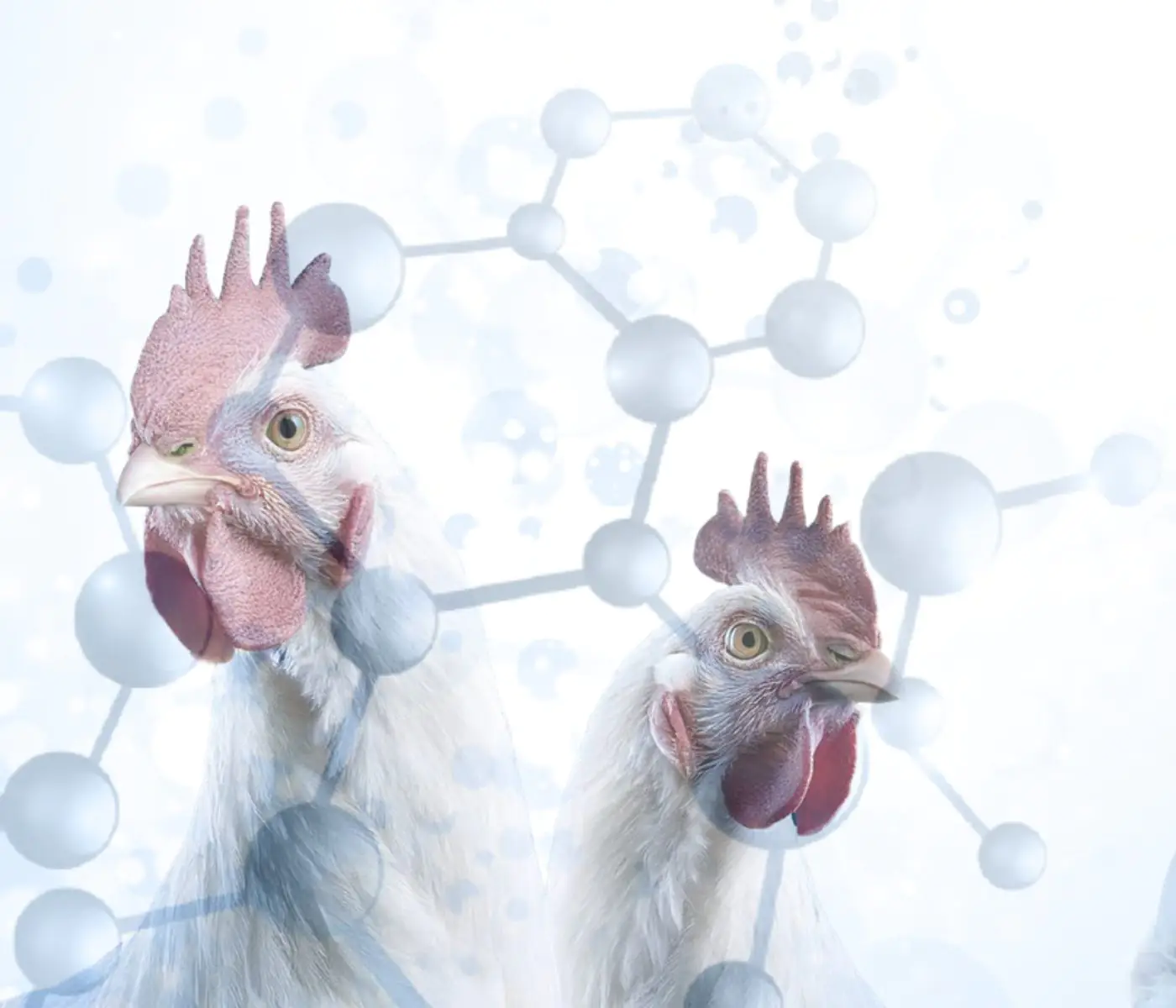
The Use of Organic Acids in Poultry: A Natural Path to Health and Productivity
M. Naeem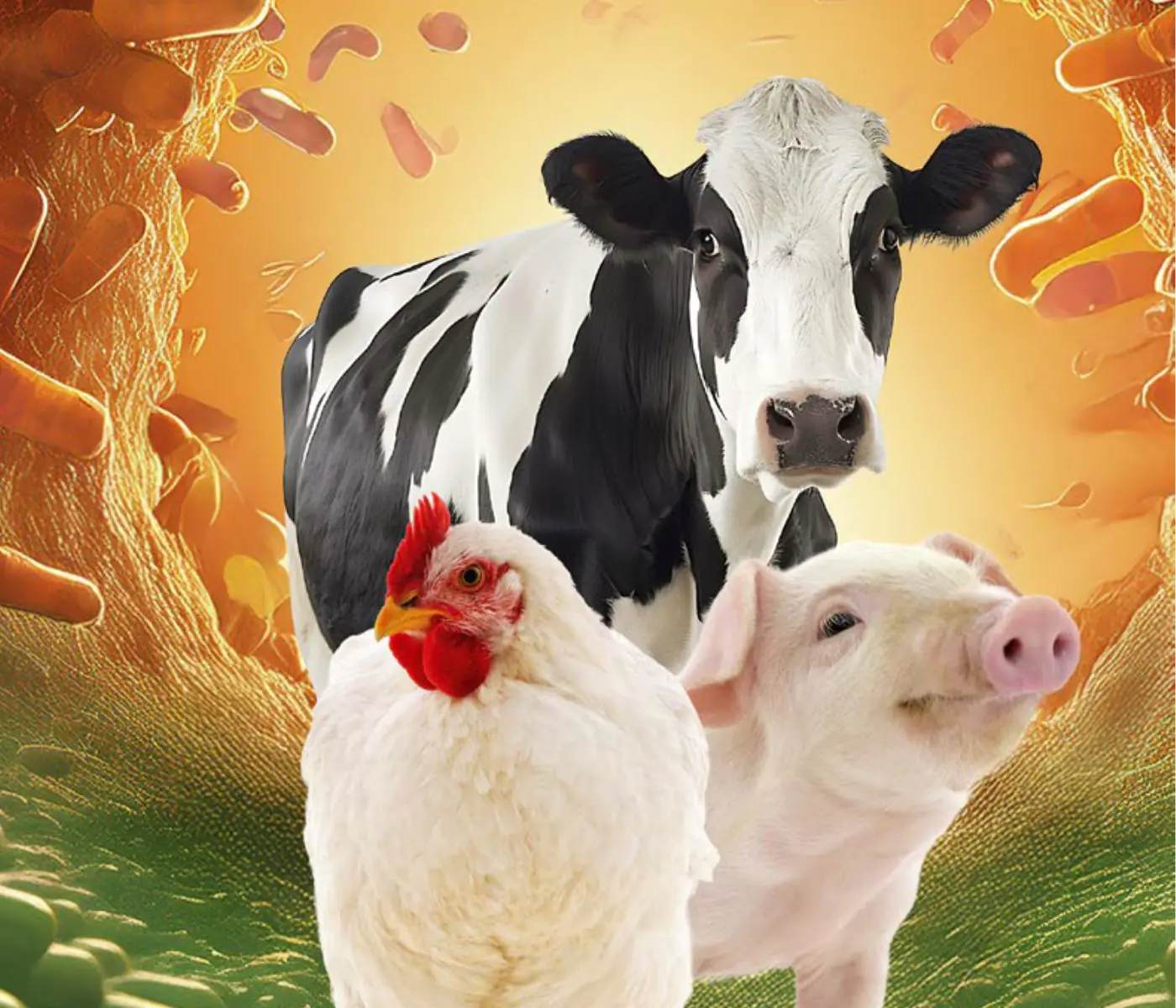
Synergistic Benefits of Prebiotics and Probiotics in Poultry, Swine, and Cattle
Gustavo Adolfo Quintana-Ospina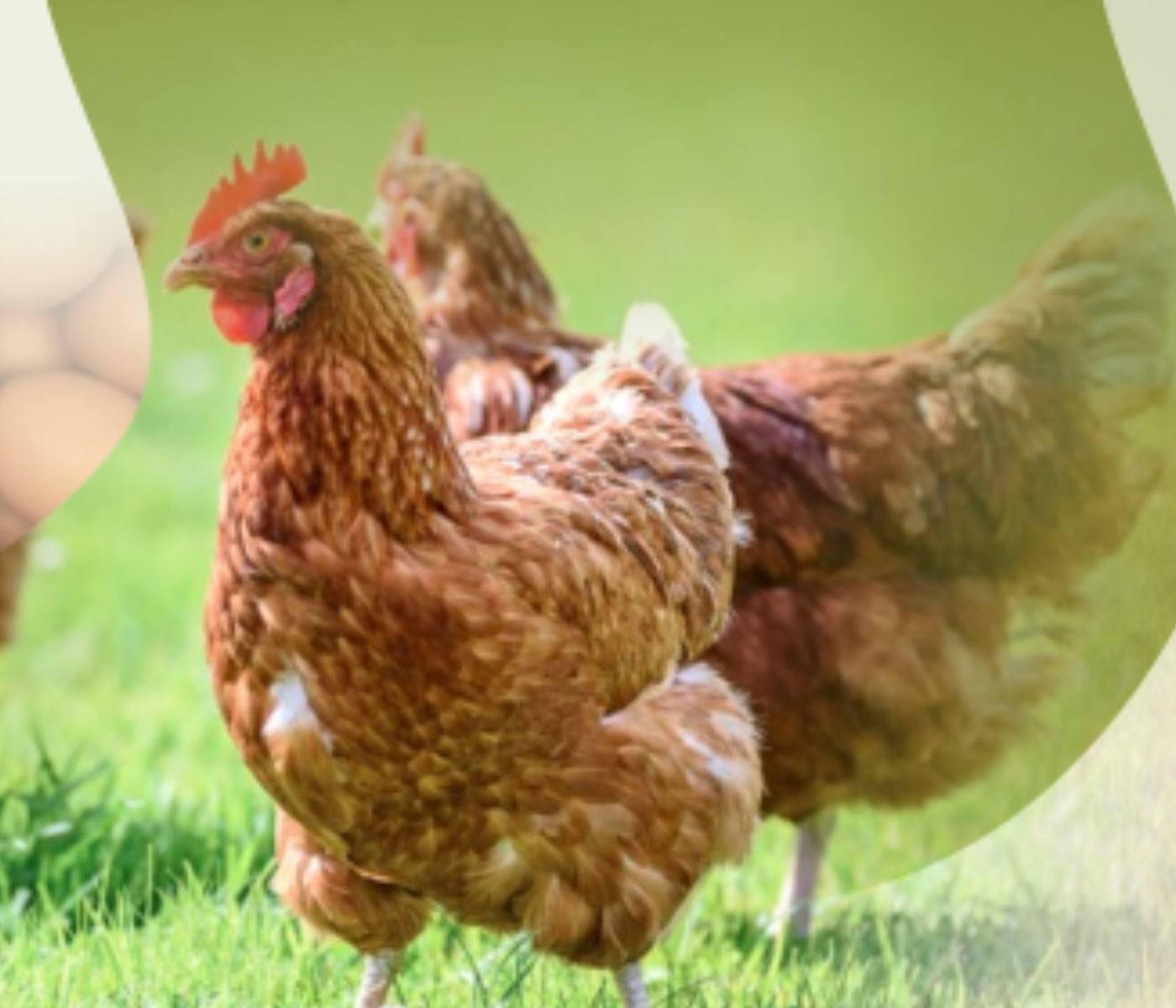
Hybrid Rye Potential in Laying Hen Feed Rations
Gwendolyn Jones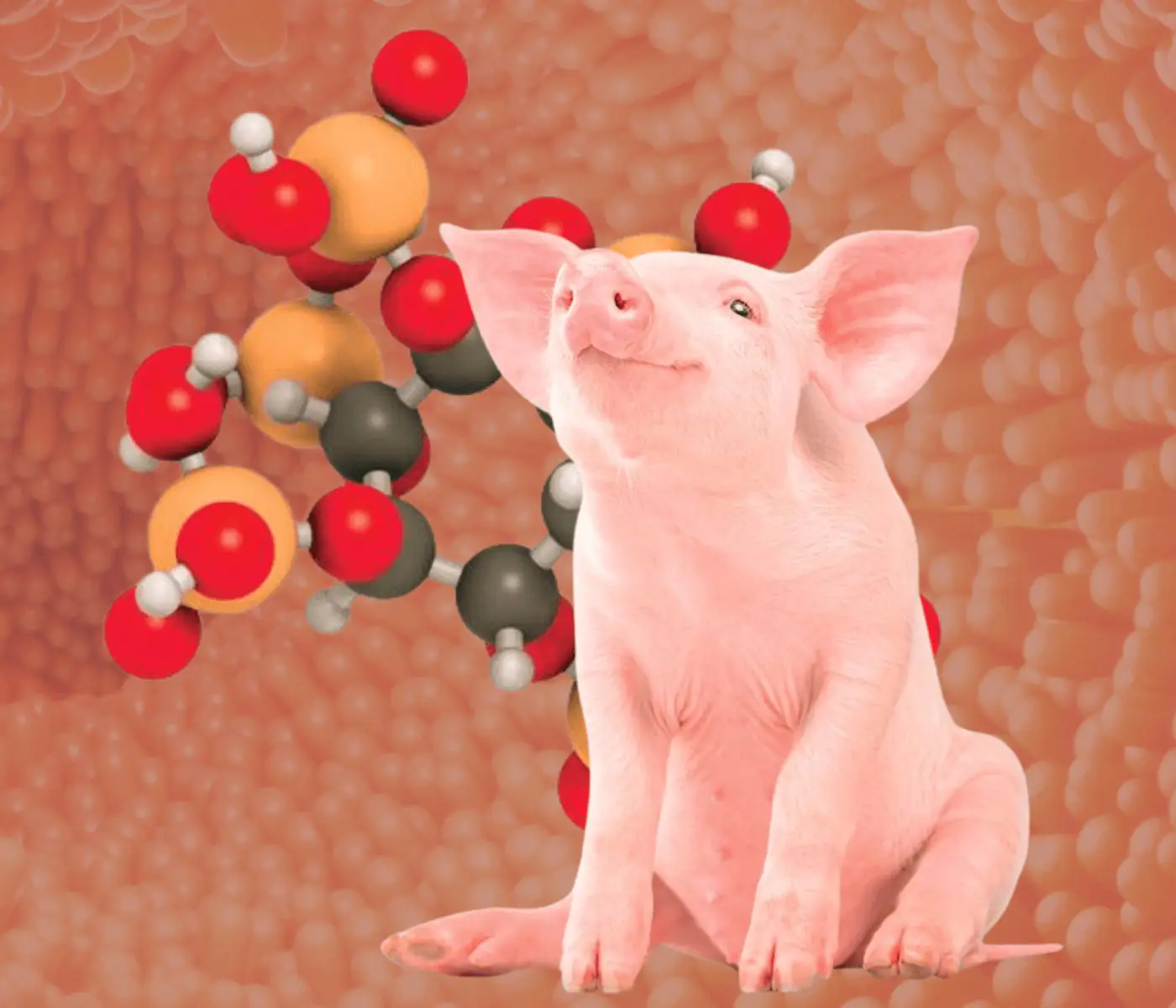
A day in the life of phosphorus in pigs: Part I
Rafael Duran Giménez-Rico
Use of enzymes in diets for ruminants
Braulio de la Calle Campos
Minerals and Hoof Health in the Pregnant Sow
Juan Gabriel Espino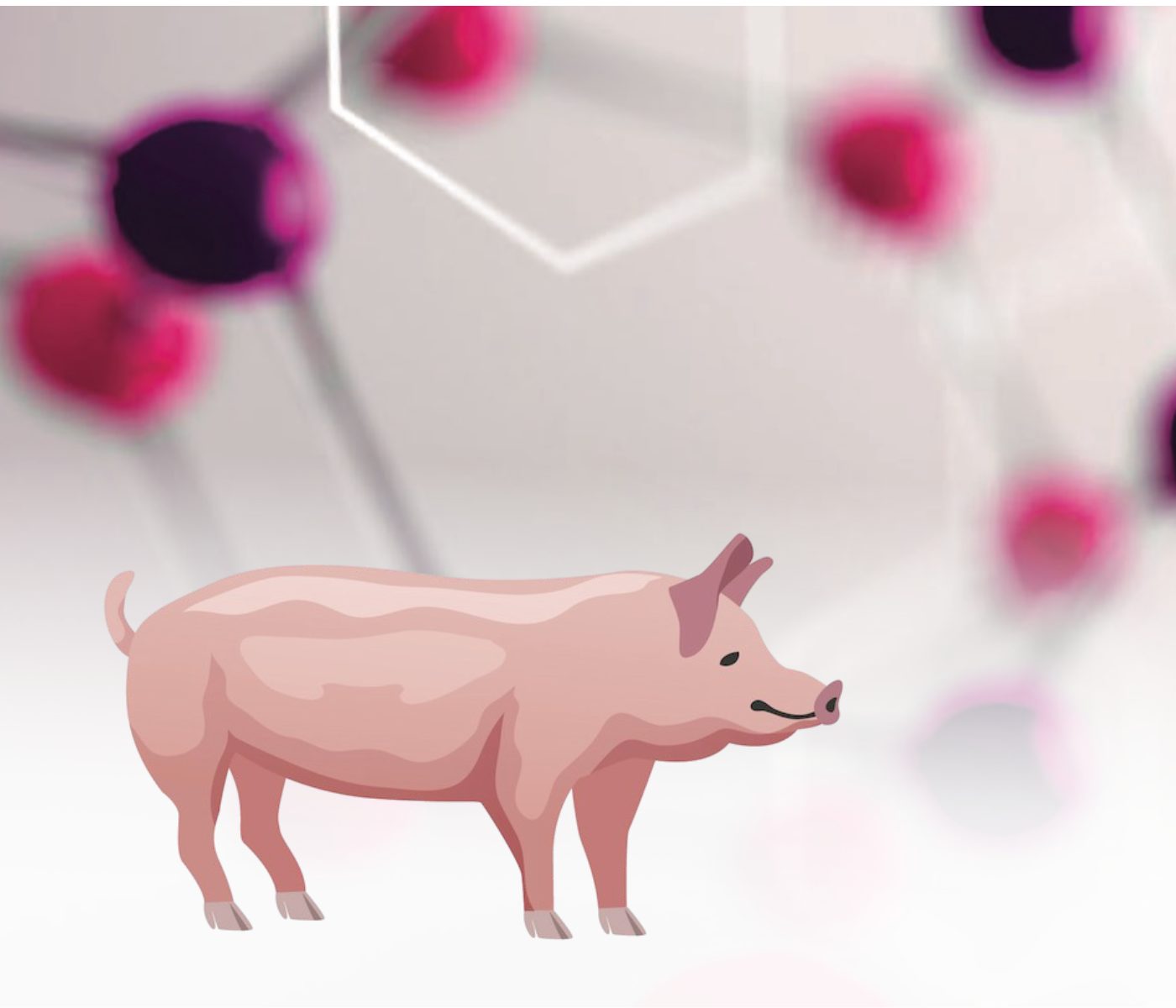
Impact of Oxidized Fats on Swine Reproduction and Offspring
Maria Alejandra Perez Alvarado